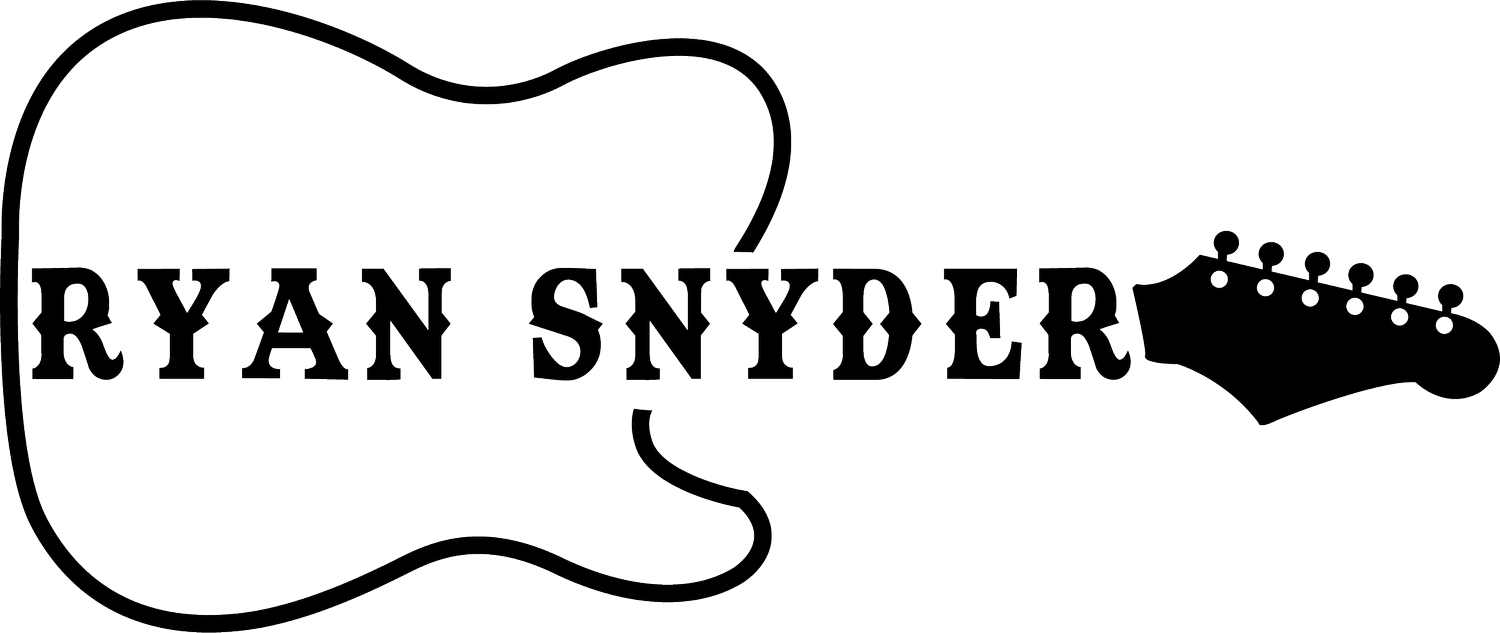How To Keep Your LES PAUL In Tune
Today, I want to share my passion for Les Paul guitars. From Jimmy Page to Slash, many iconic guitarists have wielded this majestic instrument. About a year ago, I added an Epiphone Les Paul to my collection alongside my Fender Strat, aiming to incorporate that classic Gibson sound into my playing. However, despite its beauty and tone, I encountered a frustrating issue: it just wouldn't stay in tune.
Fix #1: Addressing Design Flaws
The Les Paul boasts a stunning flame maple top, but its design harbors two significant flaws. Firstly, the angle between the headstock and neck causes binding at the nut, contributing to tuning instability. Unlike Fender or PRS instruments with minimal headstock angles, Gibson's design exacerbates tuning problems. Additionally, the 3x3 tuning machine configuration creates sharp string angles, further compromising tuning stability.
Fix #2: Upgrading the Nut and String Butler
To tackle these issues, I made some modifications. Firstly, I replaced the nut with a higher-quality one, reducing friction and improving string movement. Secondly, I installed a String Butler device, which minimizes string binding and enhances tuning stability. These upgrades significantly alleviated tuning issues and improved overall performance.
Fix #3: Implementing Top Wrapping
Another effective solution is top wrapping the strings. Traditionally, Les Pauls have strings run through the middle of the tailpiece, creating a sharp angle over the bridge. By feeding the strings through the opposite side of the tailpiece and wrapping them back over, you can eliminate this angle and enhance playability and tuning stability.
Conclusion:
These modifications transformed my Epiphone Les Paul, making it more playable and reliable than ever before. Whether it's upgrading the nut, installing a String Butler, or implementing top wrapping, there are various ways to enhance tuning stability on your Les Paul. Share your experiences and ideas in the comments below, and don't forget to like, subscribe, and let the music play until next time!
